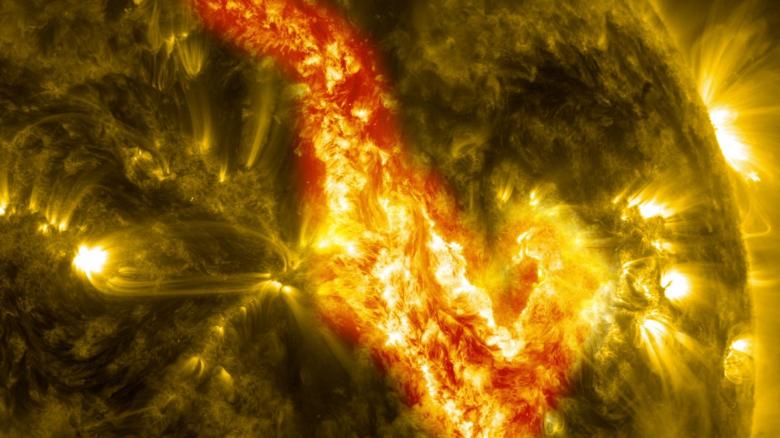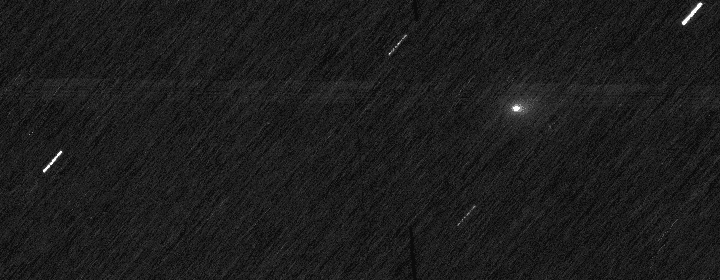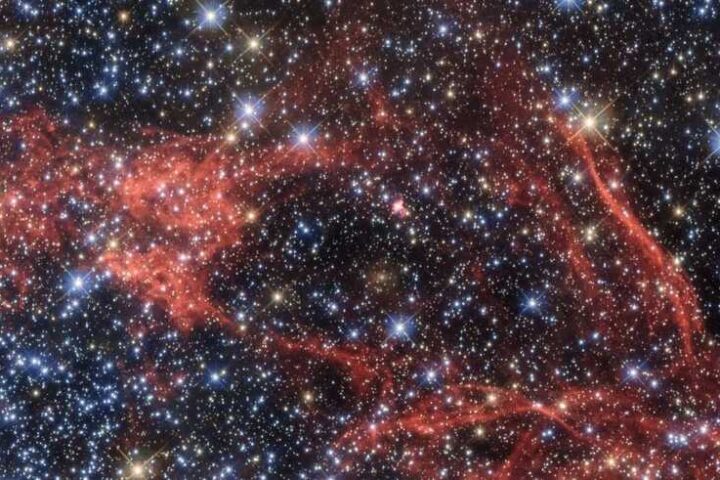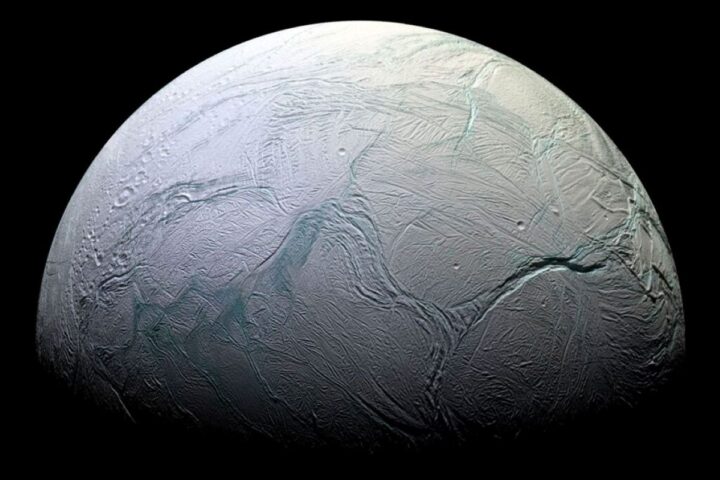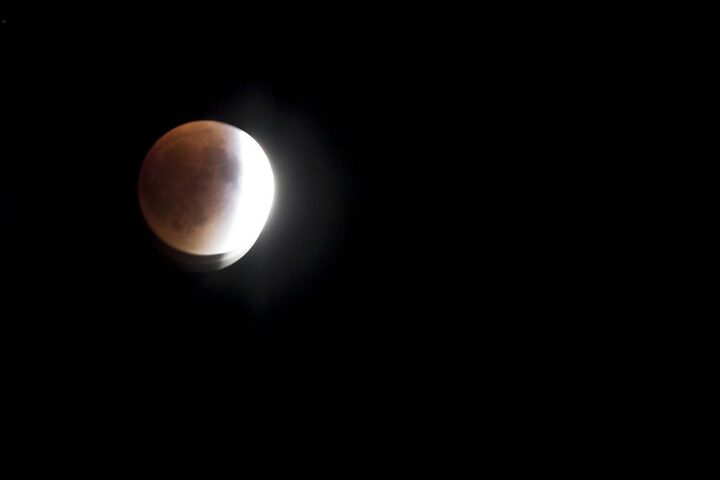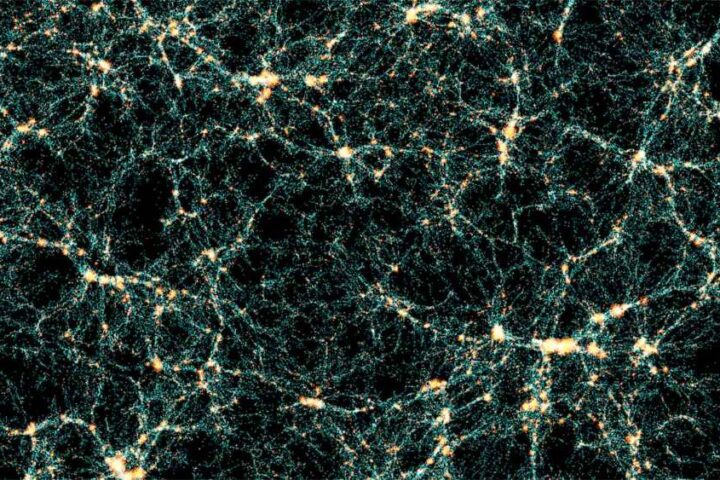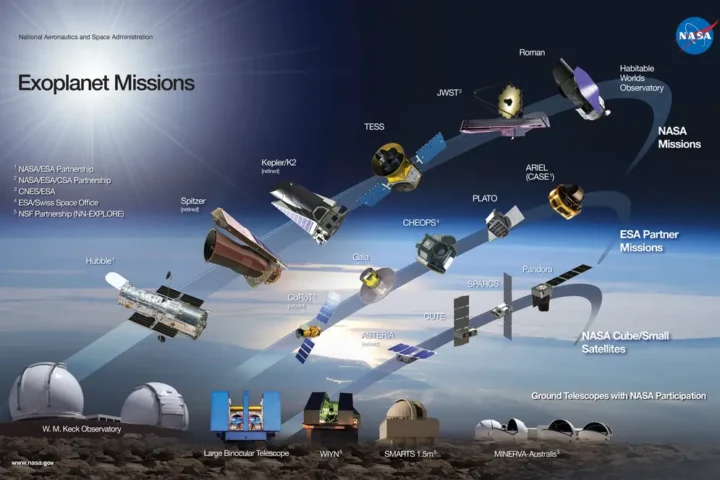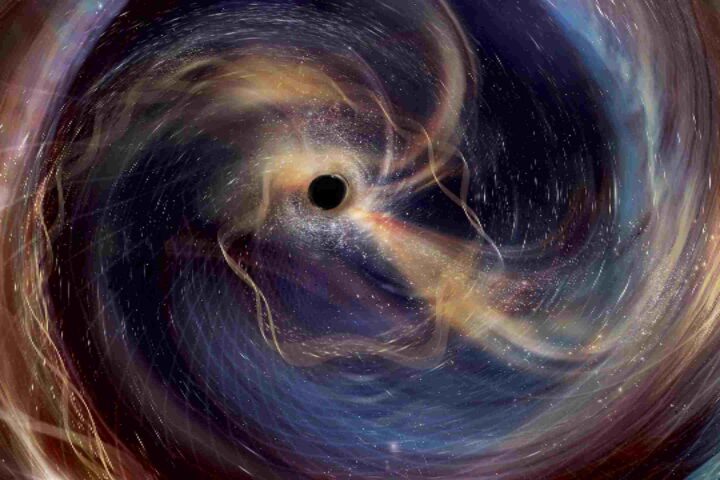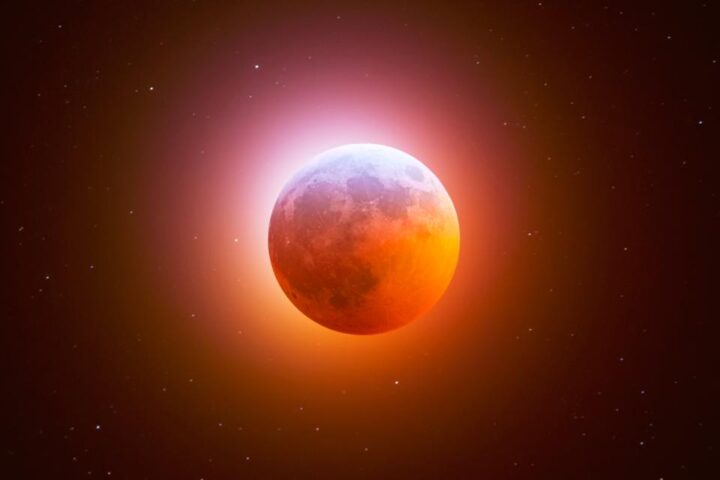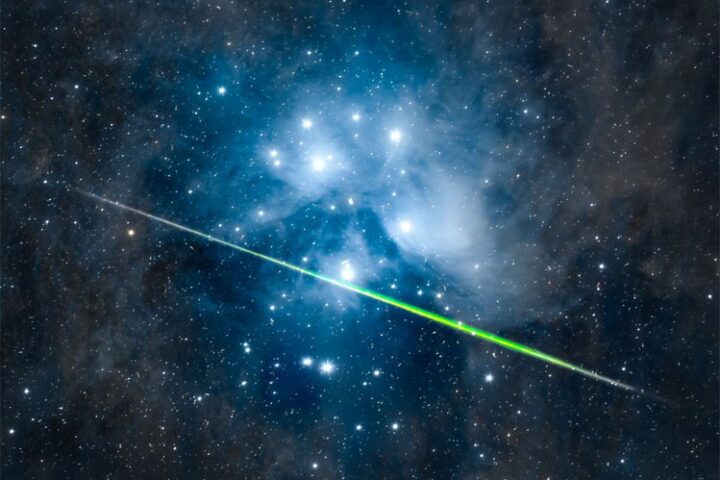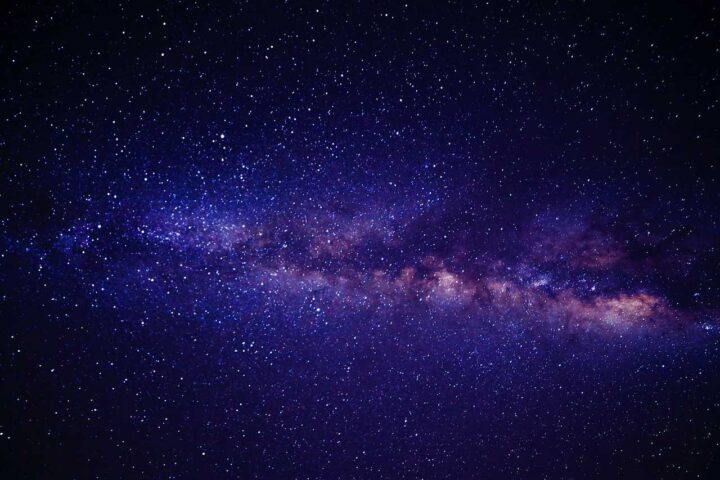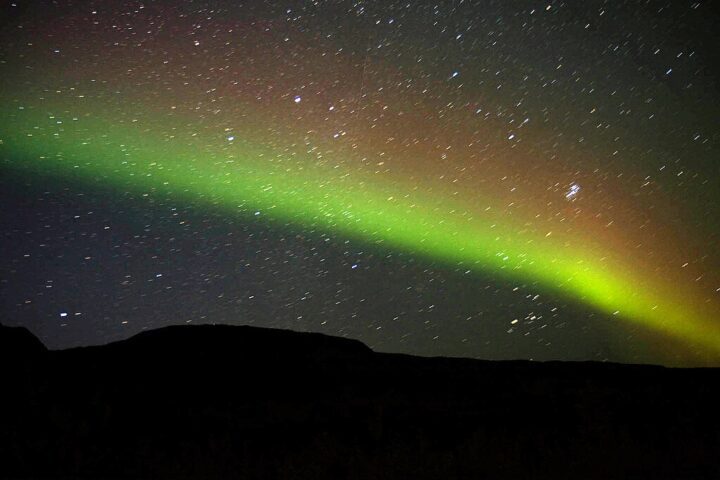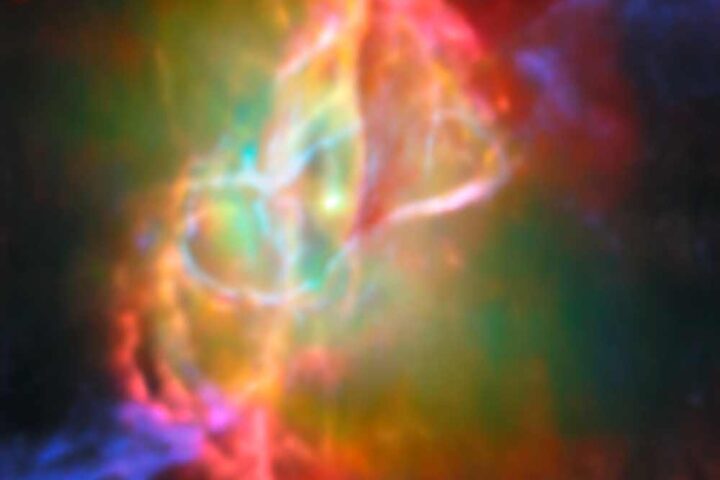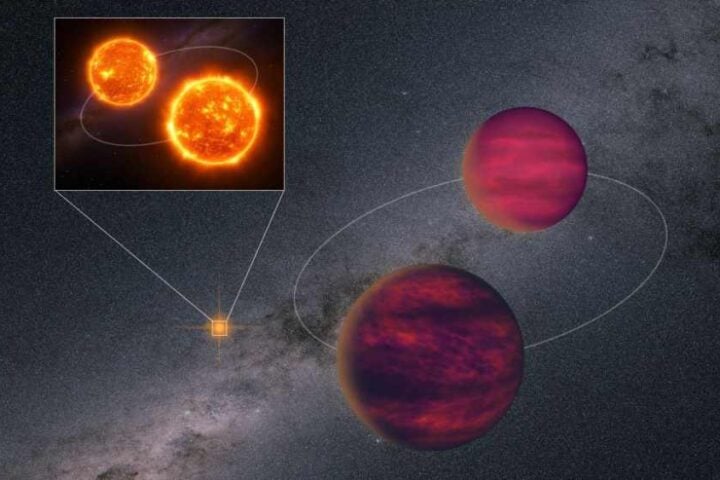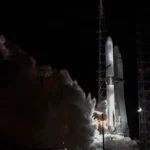Scientists have found a mysterious “interstellar tunnel” that links our solar system to far-off star regions, showing that space isn’t the empty void many people imagine.
A team at Germany’s Max Planck Institute used the eROSITA X-ray telescope to map our cosmic neighborhood in detail. Their research, published in the journal Astronomy & Astrophysics, reveals that our solar system sits inside what scientists call the Local Hot Bubble – a giant region of super-heated gas stretching hundreds of light-years across.
The most exciting discovery is a channel of hot gas extending from our solar system toward the Centaurus constellation, with possibly another pathway toward Canis Major. These aren’t actual tunnels you could travel through but rather pathways where hot gas has carved routes through cooler space material.
“What we didn’t know was the existence of an interstellar tunnel towards Centaurus, which carves a gap in the cooler interstellar medium,” explains Michael Freyberg, a researcher involved in the study. This tunnel might connect our bubble with neighboring bubbles, possibly forming part of a larger network throughout our galaxy.
The Local Hot Bubble formed from massive star explosions called supernovas that happened millions of years ago. These powerful blasts swept away gas and dust, leaving behind a cavity filled with extremely hot gas that gives off X-rays scientists can detect.
The study shows interesting temperature differences within this bubble. The southern region (1.4 million degrees) is slightly hotter than the northern region (1.2 million degrees). This suggests recent star explosions may have reheated parts of the bubble.
Similar Posts
Scientists also found that the pressure inside the Local Hot Bubble is lower than expected – around 10,100 units in scientific terms. This lower pressure hints that the bubble might be “open” in certain directions, explaining how these gas channels can stretch outward.
The eROSITA telescope was perfect for this discovery because it orbits far from Earth (1.5 million kilometers away), outside our planet’s atmosphere. This position lets it capture clean X-ray data without interference.
To create their map, the research team divided the sky into about 2,000 sections and analyzed the X-ray light from each one. They combined this with older data to build a 3D model of the hot gas surrounding our solar system.
This discovery supports an idea first suggested in 1974 that our galaxy might contain a network of supernova-created bubbles connected by corridors of hot gas. These structures could serve as pathways for cosmic rays, magnetic fields, and gases, potentially influencing how matter and energy move across our galaxy.
The space between stars isn’t empty at all – it contains gas, dust, plasma, radiation, and magnetic fields, creating a complex environment shaped by stellar explosions. These newly discovered interstellar tunnels show just how dynamic our cosmic neighborhood truly is.
